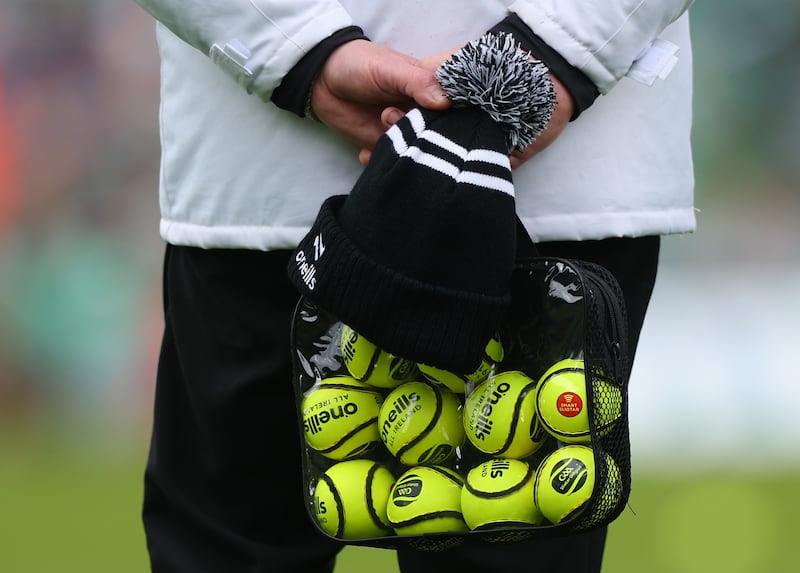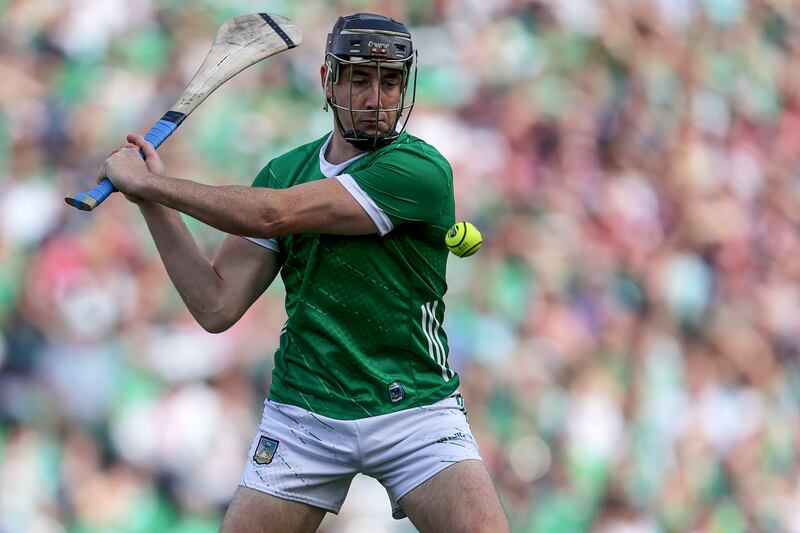After Limerick’s win over Waterford, John Kiely was asked about Limerick’s extraordinary collection of first-half wides. “They didn’t execute their shots well. In most cases the shots were on. Most days we’d expect the boys to put them over and they’d expect to put them over themselves.
“The reaction to it is most important, they didn’t allow it to dip their confidence or their ability to get back into it again. I’ve always said to them, keep shooting, keep shooting, get your shots off.”
Every team will hit a wide or two, but Limerick take it to extremes. They hit 20 wides last Sunday, and they came in bunches. They had 11 in the first quarter of the game. They hit eight wides between the eighth and 16th minutes!
There are hurling anoraks, and then there’s the armchair fan who might watch five or six games a year. Some stats exist outside the ken of the casual fan, but no one watching on Sunday could have missed the sheer breadth and scope of Limerick’s wide-shooting. It was chronic ... right up until it wasn’t. They ended the game with 30 points from 50 shots, and they won pulling up.
READ MORE
There’s a commonly-held belief that coaching in the GAA can be derivative. Whatever the winners do one year will be slavishly copied the next. There is absolutely no doubt that Gaelic football coaches watch what works in hurling, and hurling’s metamorphosis from its 130-year caterpillar state into a beautiful “football-lite” butterfly has continued apace over the last decade or so. Limerick are going for five-in-a-row this year. But why are wides a total no-no in Gaelic football?
I can’t have been the only one listening to or reading those quotes from Kiely and wondering to myself why no Gaelic football coach insists his team “keep shooting, keep shooting, get your shots off”.

Gaelic football is a risk-averse sport. But if Limerick think there’s an upside to hitting 20 wides (and 30 points), surely there’s something there for an enterprising football coach – instead of holding on to the ball for three or four minutes to try to engineer one shot from an optimal position, why not take a shot, try to win the ensuing kick out, and maybe in time really chase that wide-a-minute standard Limerick briefly hit for that golden period last Sunday?
I asked some statisticians this week, beginning by stating that there’s no such thing as a stupid question (something which is usually said by an expert to a room full of idiots, not the other way around – but I felt it important to get that particular cliche on the board nice and early).
The answer, in short, was that what works for Limerick, and why it works, just isn’t very transferable. They have a host of accurate shooters from outside an average team’s scoring zone. Even taking into account Diarmaid Byrnes’s recent travails, this season Limerick are 20 points above their “expected points” tally (what the average team would score if they shot from the same positions Limerick were shooting from, under the same pressure from opponents, in the same weather conditions). Even if those accurate shooters are having an off-day, they’ll come good. They always do.
That’s why Limerick do it. But why do football teams (some of whom might also have above-average shooters) not do it? I had in a sense answered my own question, by framing it using the three or four minutes that are often eaten up on the game clock by trying to get a shooter into a “can’t-miss” position.

The obvious answer is because if you give it away, your opponents might well hold on to it for three or four minutes, and then kick a score. Hurling may have become a much more possession-based game in recent years, but the average time of possession in hurling is still less than 20 seconds.
Limerick’s equanimity in the face of 20 wides a game notwithstanding, Gaelic games coaching is still pretty derivative. And the best teams in Gaelic football – the teams most other teams might be inclined to copy – are happy to make the game about shot efficiency, not shot quantity.
The best teams will always back themselves to make more from their 20 or 25 attacks over the course of the game than the other crowd will. The numbers reflect that. So it would be foolish to think Dublin, Kerry, Galway or Donegal would change now. Why would they?
Maybe it’s a question for teams at the level below – teams whose shot efficiency is closer to 50 per cent. If you’re giving yourself no more than a toss of a coin’s chance of scoring, even after three or four minutes of possession, it could be worth your while to take the gamble more often over the course of the game. Basically, instead of getting 55 per cent of 20 shots, why not try to get 50 per cent of 30 shots? Maybe your shot efficiency is down around 50 per cent because your forwards are terrible. But it might also have something to do with an inability to work your scoring forwards into good positions, no matter how long you hold on to the ball.
Keep shooting, keep shooting, get your shots off. The man who said it has won enough All-Irelands for it to at least merit a discussion.

















